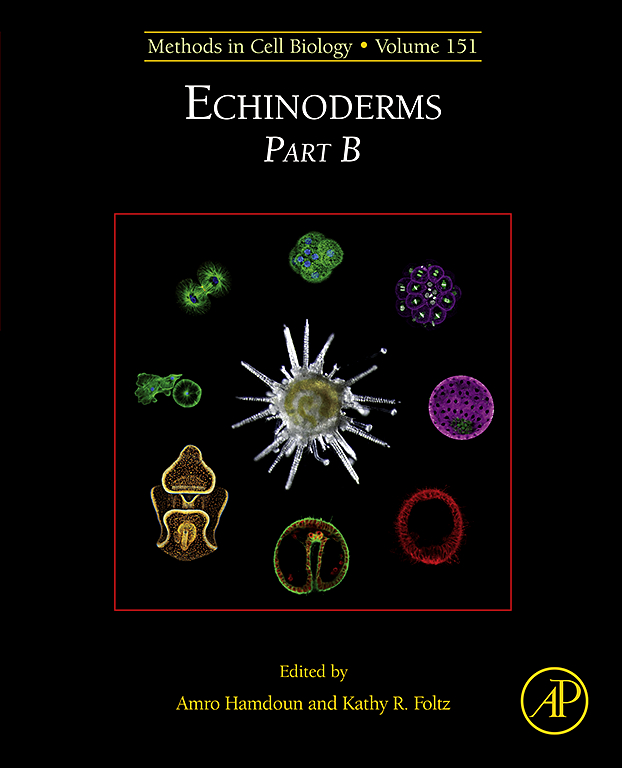Expression of exogenous mRNAs to study gene function in echinoderm embryos.
Methods Cell Biol. 2019;151:239-282. doi: 10.1016/bs.mcb.2018.10.011. Epub 2019 Jan 2.
Molina MD1, Gache C2, Lepage T3.
Author information
1. Université Côte d’Azur, CNRS, INSERM, iBV, Nice, France.
2. Université Pierre et Marie Curie, Observatoire Océanologique de Villefranche sur Mer, UMR7009 CNRS, Paris, France.
3. Université Côte d’Azur, CNRS, INSERM, iBV, Nice, France. Electronic address: thierry.lepage@unice.fr.
Abstract
With the completion of the genome sequencing projects, a new challenge for developmental biologists is to assign a function to the thousands of genes identified. Expression of exogenous mRNAs is a powerful, versatile and rapid technique that can be used to study gene function during development of the sea urchin. This chapter describes how this technique can be used to analyze gene function in echinoderm embryos, how it can be combined with cell transplantation to perform mosaic analysis and how it can be applied to identify downstream targets genes of transcription factors and signaling pathways. We describe specific examples of the use of overexpression of mRNA to analyze gene function, mention the benefits and current limitations of the technique and emphasize the importance of using different controls to assess the specificity of the effects observed. Finally, this chapter details the different steps, vectors and protocols for in vitro production of mRNA and phenotypic analysis.
PMID: 30948011
DOI: 10.1016/bs.mcb.2018.10.011

